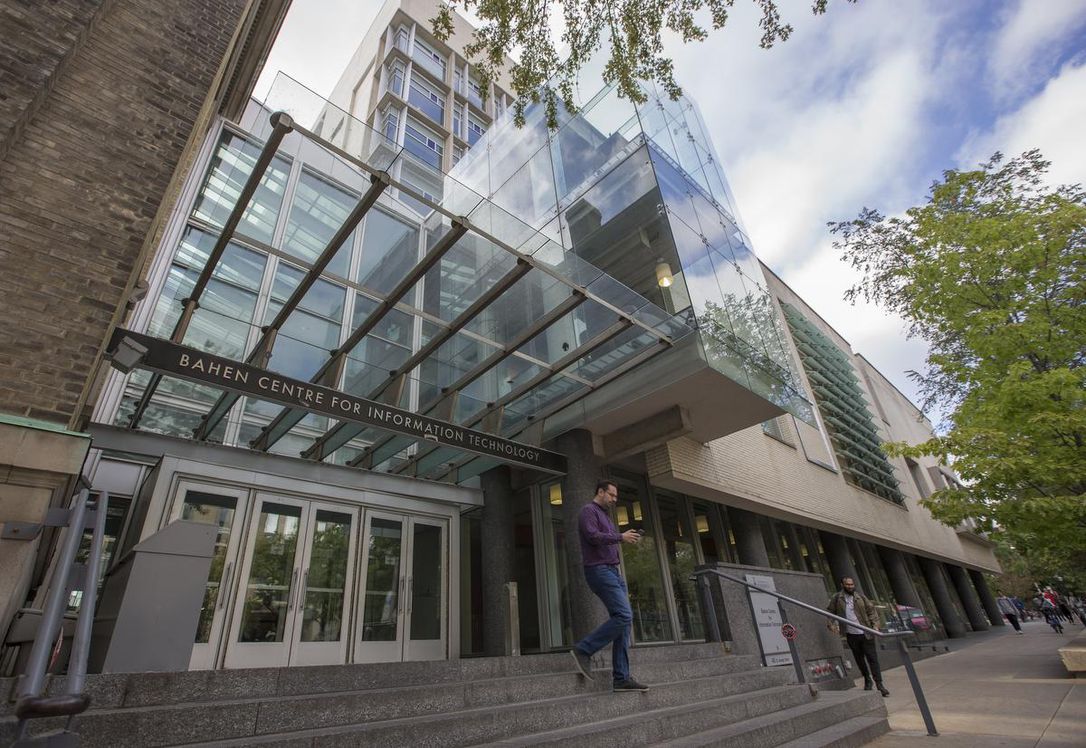ABOUT ME & MY RESEARCH
I am a Postdoctoral Fellow in the Edward S. Rogers Sr. Department of Electrical & Computer Engineering at the University of Toronto, in the same research group that I did my doctoral studies under the supervision of Dr. Frank R. Kschischang. My Ph.D. studies were mainly focused on fiber-optic communication systems under direct detection, whose main application is in short-reach data transmission schemes, e.g., in intra-data-center communication systems.
In direct detection, one uses a photodiode as a transducer to convert the received lightwave into an electrical waveform, called a photocurrent. Unfortunately, the relationship between the amplitude of the received lightwave and the amplitude of the generated photocurrent is nonlinear and, in particular, it is quadratic. This makes data detection under deploying a single photodiode more challenging than their coherent counterparts, whose optical input and electrical output waveforms are related linearly. However, direct detection receivers have very simple optical front-ends which make those receivers play a crucial role in intra-data-center interconnects, where the transceiver simplicity is vital.
For a long time, there was an erroneous impression that the simplicity of square-law detectors trades off with a huge loss in their achievable data rate compared to coherent detectors. However, it can be shown that the data-rate loss under direct detection is at most 1 bit per degree-of-freedom compared to a phase-unlocked coherent detector. As a part of my doctoral research, I designed transceivers compatible with square-law detectors to achieve a data-rate within the discovered 1 bit per degree-of-freedom gap to the achievable data rate under coherent detection.
A non-inclusive list of my research interests is
- coding and modulation,
- information theory,
- data-center interconnects,
- optical communications,
- deep-space optical communication,
- DNA storage.

